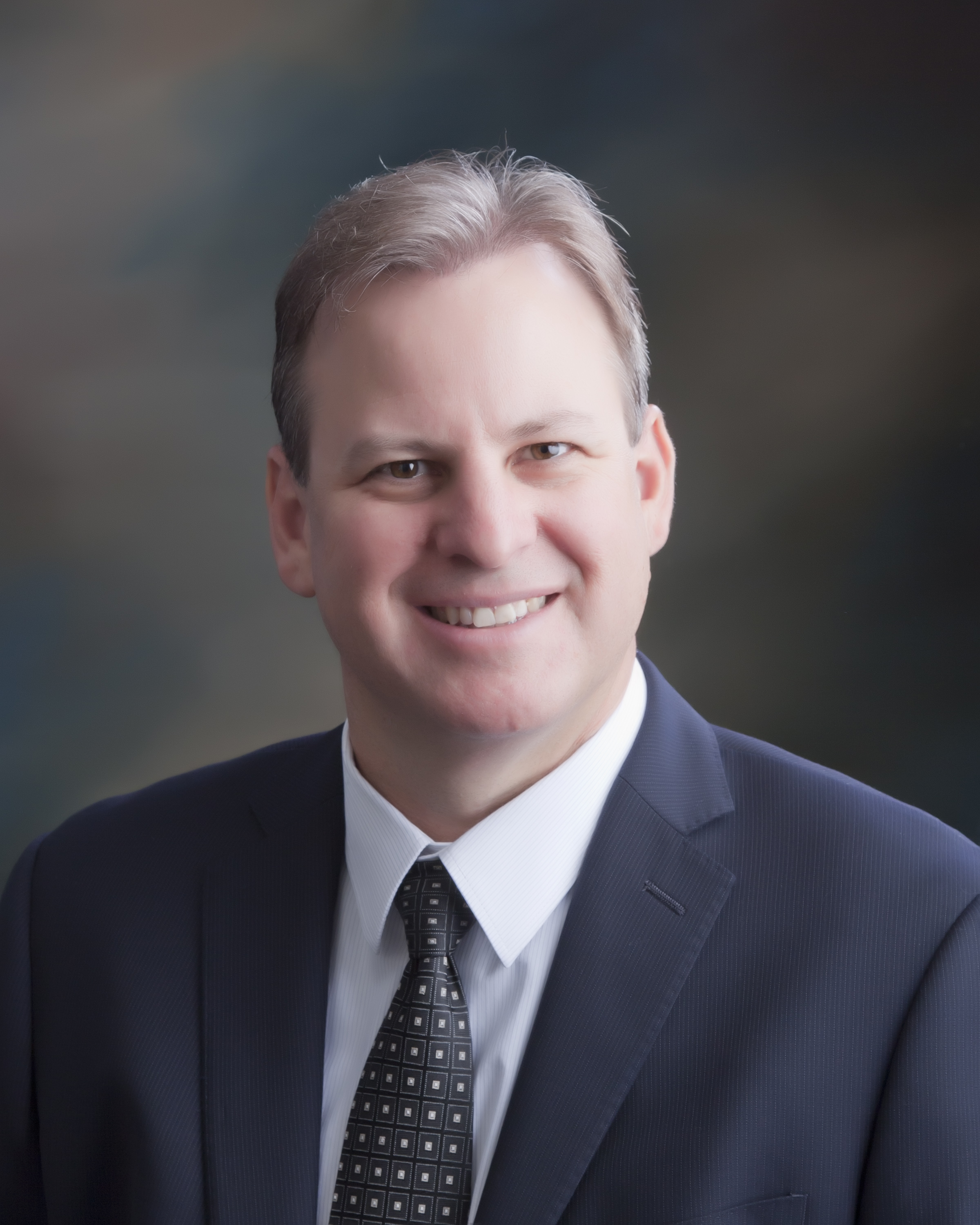Many hospital and health system executives are in agreement that their role is to serve people, workers and patients alike.
[The following content is sponsored by API Healthcare.]
For healthcare providers, producing positive outcomes for patients is of the utmost importance and it is increasingly documented that the satisfaction of those patients is associated with workforce matters, such as staffing levels and nurse satisfaction.
Three healthcare industry executives — Wendie Carlson, vice president of human resources at West Tennessee Healthcare in Jackson; Cyndy Dunlap, RN, CNO of Baylor Scott & White Health Central Texas in Waco; and Alex Wells, CFO of El Centro (Calif.) Regional Medical Center — shared how they tackle and leverage workforce management and staffing to produce the best possible outcomes.
Note: Interviews have been edited for length and clarity.
Question: What are some of the biggest issues hospitals/health systems face regarding workforce management and staffing?
Wendie Carlson: Attracting and retaining experienced nurses remains a critical challenge. Retention issues are most significant in the first three years of employment. The younger generations are focused on quality of life and don't want to work evenings, holidays and weekends. Mandatory overtime is often a deal-breaker. Additionally, they are looking for more rapid career progression, development opportunities and upward mobility than their baby-boomer counterparts did.
New graduates coming out of nursing schools are increasingly less prepared to take on fast- paced, high-stress and high-acuity clinical challenges. Consequently, greater investment in orientation, education and training is needed for new graduates, placing additional financial burden on healthcare institutions.
The fact that healthcare is an industry that lacks change agility is a significant challenge considering how rapidly the environment changes. The impact of technology on clinical processes and efficiencies is also profound.
Cyndy Dunlap: One of the biggest issues that hospitals and healthcare systems have is the need for workforce metrics that are not only real-time, but also allow for predictive modeling. With that tool, organizations can see what their current, day-to-day needs are and can maintain proper staffing levels, as well as use the analytics to predict their staffing needs for weeks, months and even a year into the future. Having that ability to forecast workforce needs helps us create a robust staffing plan.
Alex Wells: I would say retention of clinical staff is one of the biggest issues. With declining reimbursements, we all are trying to control and reduce variable costs and the most opportunity to do so is in labor. For a small hospital, trying to attract and keep clinicians is difficult in today's healthcare job market when clinical staff have so many opportunities to shop their services. It's difficult to compete with larger systems' pay rates, so we attempt to make that up with more flexible, consistent staffing. The challenge is trying to maintain unit costs where you need them to be as patient volumes fluctuate.
Our central staffing office has really worked hard to develop protocols with our department directors to make sure we are complying with regulatory ratios without overstaffing the units.
Q: With the workforce typically accounting for over half of hospital operating costs, how do you work across the C-suite to strategically leverage staffing resources?
W.C.: Collaboration in the C-suite is more critical than ever — we talk about staffing and workforce management strategies regularly, if not daily. Also, financial pressures impacting our industry are significant — primarily due to changes in reimbursement models, lack of coverage expansion in our state and the pressures related to compliance, regulatory issues and value-based purchasing. Consequently, productivity and staffing models are analyzed and discussed regularly. Currently, there is much discussion about the mix of staffing in nursing in our institution.
 C.D.: Healthcare organizations — whether they are systems or hospitals — must have practices in place to look at how the staff is being allocated across the division or system on a daily basis and to ensure they have the right staff at the right places at the right time. They must also be able to create flexibility in the workforce that allows for creativity to support the hospital or clinic's capability to match their volume.
C.D.: Healthcare organizations — whether they are systems or hospitals — must have practices in place to look at how the staff is being allocated across the division or system on a daily basis and to ensure they have the right staff at the right places at the right time. They must also be able to create flexibility in the workforce that allows for creativity to support the hospital or clinic's capability to match their volume.
A.W.: As a small hospital, we constantly have to ask our employees to wear multiple hats. It's just the reality that we must do more with less, and our employees at ECRMC do a great job. At our weekly C-Suite meetings, we constantly talk about new and pending tasks, projects and the staff labor required to meet those challenges. We try to find resources within the organization before going outside the organization. Of course, the cost-benefit equation is always part of those discussions.
Q: What outcomes do you focus on achieving with your workforce management strategy?
W.C.: Although there are many outcomes on which we focus, improvements in the following four key areas are especially important: patient satisfaction, employee engagement and retention, clinical and quality outcomes, and financial performance.
C.D.: The purpose of creating a robust staffing plan and workforce strategy is to support our top organizational strategies, which include improving quality, improving patient and staff safety, and ensuring positive outcomes for our patients and their families. For instance, our organization looks at patient falls that result in injury, hospital-acquired infections and various 'never events.' To avoid a lack of performance in these areas, we need to make sure we have a foundation in place for a supportive workforce plan.
A.W.: At ECRMC, we are always looking for ways to make our employees feel appreciated for the work they do. Worker satisfaction is a major driver of productivity, so we do all we can to make sure our employees are fairly compensated, recognized for extraordinary work and, just as important, we listen to their concerns. We have several committees comprised of a cross-section of the hospital staff that give everyone the opportunity to discuss issues which they would like executive management to address.
Q: A growing body of research is connecting the impact of overtime with outcomes like patient satisfaction. How does your organization align your workforce strategy with patient outcomes?
W.C.: Years ago, when The Joint Commission required a focus on staffing effectiveness, we started measuring patient safety issues (like falls or falls with injury) relative to mix of staffing, overtime hours and other workforce issues. That practice has continued and evolved over the years.
We have also implemented strategies and, in some cases, added staffing for programs such as our rapid response team and lift teams, who assist in the lifting and movement of patients, to improve patient safety and quality outcomes. Similarly we have implemented strategies and added staffing for programs to improve patient satisfaction. For example, discharge liaisons have been added to some nursing units, improved triage capabilities and fast track processes have been implemented in the emergency department, and patient navigators have been added in our cancer center.
C.D.: For our organization, we strive to decrease overtime when possible. The work environment is not only stressful; it is very much a physical activity. When we look at overtime, the impact is beyond how it might impact patient satisfaction goals; our focus is the ability to decrease overtime on allowing our staff to go home to their lives, families and friends. If we can create a work environment where there is not a significant demand on nurses to work overtime, it should create a happier work environment, which lends itself to increased patient satisfaction scores.
A.W.: Overtime for us is usually the byproduct of inadequate staffing or management. We have seen how employee satisfaction can severely suffer when the workforce is being worn out from having to pick up extra shifts or stay later on the job. We have found on most occasions it is inadequate departmental leadership that is the root of the problem. So we spend a lot of time with managers training them on planning, employee relations and other management areas in an attempt to avoid costly overtime that then leads to employee dissatisfaction.
Q: A recent study found the percentage of patients who would "definitely recommend" a hospital to their loved ones decreased 2 percent for every 10 percent of the nurses who expressed dissatisfaction with their jobs. How do you proactively manage staffing schedules and nurse workloads at your organization to help ensure nurse satisfaction?
W.C.: In all honesty, we are in a bit of crisis management at this time. Like other hospitals and healthcare systems, we are researching and trying new practices on for size in an effort to become more proactive than reactive. We have implemented a shared governance structure in nursing to involve front-line staff in addressing and resolving clinical and staffing issues.
C.D.: We actively engage the staff within their units to manage their own staffing and scheduling plan. Engaging staff in their work schedules isn't anything new within our organizations, but it is one way for staff members to participate and to manage their lives and schedules. We strive to strike the balance that allows our nurses to feel like productive members of their workforce as well as productive members within their communities and families. As leaders, we have embraced the use of lean management tools, especially use of daily metrics through staff huddles. Staff members are asked for improvement ideas and those ideas are implemented that day or week.
A.W.: ECRMC has invested a lot of time, effort and resources into our central staffing office (CSO) and our scheduling and HR systems. It's common sense that nurses and clinicians who are unhappy with our workplace — because of scheduling, pay, their manager or other issues — are far less likely to provide an extraordinary experience for our patients. What we try to communicate constantly is just how important it is to keep staffing consistent and fair. We also preach that staff scheduling is a collaborative effort from departmental staff and the CSO — a concept that is sometimes lost when you centralize your staffing efforts.
Q: Looking forward, do you have any goals or benchmarks set to ensure improvement in your workforce management strategy?
W.C.: Currently, we use Saratoga to look at human resource indicators such as turnover and we have system-wide goals to improve nurse and employee retention. We also conduct an engagement survey every other year and benchmark our results with others inside our industry. We are in our infancy of developing an approach to workforce planning and talent planning, including succession planning. Our challenges include competing priorities, human resource consulting capabilities and experience, as well as organizational change agility.
C.D.: Within Baylor, Scott & White Health's Central Division, we have two main goals that we're working toward right now; we're trying to maximize the use of our division's workforce metrics by using them in real-time and we're conducting an evaluation on our use of our staffing and scheduling system. We've had the scheduling system for roughly two years. We're conducting an evaluation to see what tactics we can implement to maximize our use of the software within the division. We also want to focus our attention on the management and use of travelers, premium pay practices, and ensuring we have a stellar recruitment strategy and retention plan.
A.W.: We have many ratios and benchmarks we use to measure productivity, overtime usage, absenteeism and other workforce metrics. We are constantly preaching accountability with our department managers so they will be more proactive in managing to these targets.


